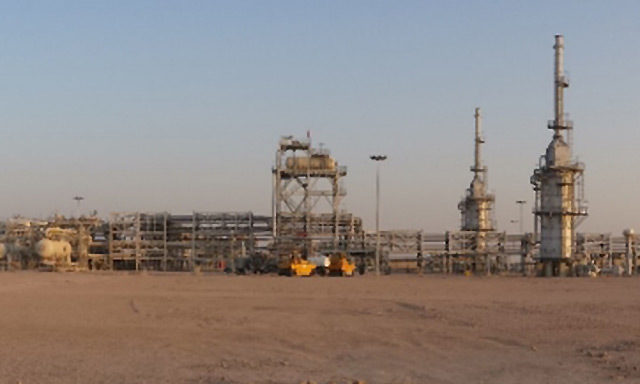
Oil supply outside OPEC will cease growing by 2020 as spending cuts that started this year take their toll on the global industry, according to the International Energy Agency.
Production growth from countries not part of the Organization of Petroleum Exporting Countries will slow over the next five years to less than a third of the rate recorded from 2010 to 2015, the IEA said in a report. U.S. shale oil output will taper off in the early part of the next decade after peaking at about 5 million barrels a day, while crude prices recover to $80 in 2020 and keep rising, according to the agency.
Investment in new oil supply has been slashed by more than 20 percent this year, the IEA estimates, as crude prices slumped following OPEC’s decision to defend its market share rather than support prices. Iran and Iraq will lead an expansion of the group’s output in the coming years as growth stalls in non- member countries, the report said.
“The plunge in oil prices has set in motion the forces that lead the market to rebalance, via higher demand and lower growth in supply,” the Paris-based adviser to 29 nations said in its annual World Energy Outlook. “Prices at today’s levels push out higher-cost sources of supply.”
Shale Stumbles
The global oil and gas industry will need to keep spending $630 billion on exploration and production each year just to maintain output at current levels as aging fields decline, the agency said. The current drop in spending will result in non- OPEC crude supply leveling off at about 55 million barrels a day before 2020. That’s 1.3 million higher than this year, compared with total growth of 5 million from 2010 to 2015.
U.S. drillers have cut the number of rigs in use by an unprecedented 63 percent in the past year and daily production has fallen by 450,000 barrels from its June peak. While the nation’s shale production “stumbles” in the short term, it will resume “its upward march” once prices recover to plateau at 5 million barrels a day early next decade, the agency said. Output will gradually decline in the early 2020s as costs increase and operators exhaust the most prolific areas.
Annual global demand growth will average 900,000 barrels a day during the rest of the decade, driven by emerging economies, according to the report. That compares with an average of 1.15 million a day from 2000 to 2010, IEA data show.
Consumption growth will slow from 2020 because of rising oil prices, efforts to phase out fuel subsidies, energy efficiency policies and increased used of alternative fuels. By 2040, oil consumption in the U.S., European Union and Japan will have dropped by 10 million barrels a day, the IEA said.
If global economic growth falls short of forecasts, OPEC bolsters production more than expected or U.S. shale supply proves surprisingly resilient, oil prices may remain near $50 a barrel this decade, the agency said. While the market share of Middle Eastern producers would climb to its highest in 40 years in this situation, OPEC’s revenues would be 25 percent lower as weaker prices counter increased sales volumes.
Recommended for you
